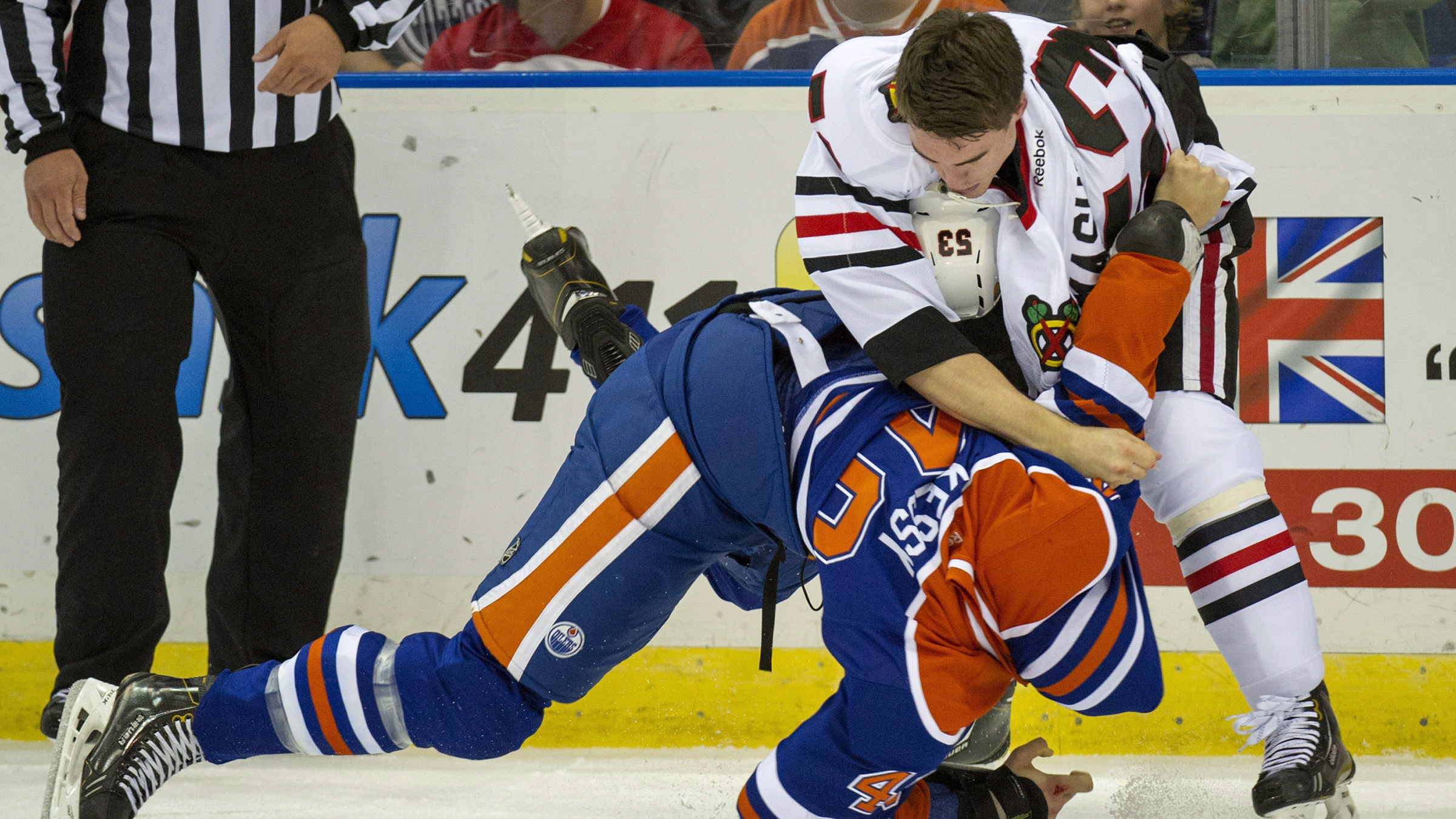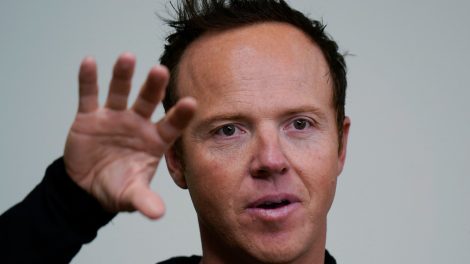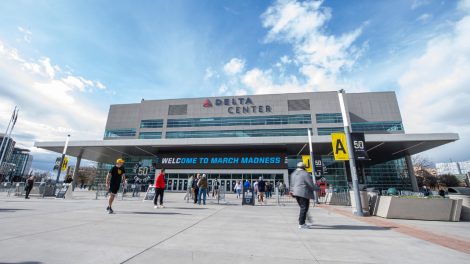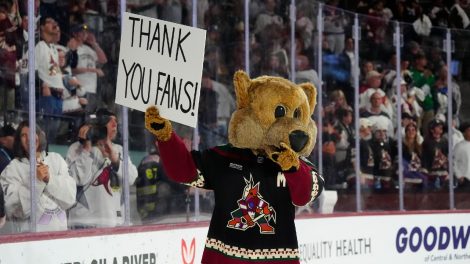The eve of another NHL season found Dr. Charles Tator wrapping up an afternoon of patient visits and talking about the eradication of smoking.
Tator, a specialist at the Krembil Neuroscience Centre at the University Health Network’s Toronto Western Hospital who has been at the forefront of concussion studies and their long-term ramifications for athletes, considered the suggestion that the NHL is undergoing a culture shift, best reflected by the fact that several of the game’s well-known recent fighters – the one-dimensional types – are either out of the league or scraping for work in the minors.
More NHL on Sportsnet:
Subscribe: Rogers GameCentre Live
Rogers Hometown Hockey | Broadcast Schedule
Sportsnet Fantasy Hockey
In Toronto, of course, this manifested itself by the waiving of Colton Orr and Frazer McLaren at the conclusion of training camp. General managers, players and coaches are now openly talking about something that started to become apparent last season and is a by-product of the salary cap: in what is more likely a financial rather than moral imperative, you have to be able to play a little hockey to hang around as a fourth-liner or seventh defence man.
Krys Barch was released from a tryout by the Phoenix Coyotes; Paul Bissonnette was released from a tryout with the St. Louis Blues; Kevin Westgarth was released from his PTO with the Edmtonon Oilers; George Parros does not have a job.
“Right now, lots of teams just want to play hockey; they want to be able to have a fourth line they can rotate in,” Leafs defenceman Roman Polak, who partnered rookie Stuart Percy, said after Wednesday night’s loss to the Montreal Canadiens. “Toughness matters, but differently: it’s not how big you are or if you fight. Not any more. It’s how hard you play. How hard you skate. Be strong on the puck? It’s how quick you are. Speed can be tough; speed can be tough to play against.
“It’s all the body and it’s position,” said Polak, who had seven hits in the game and is being counted on to provide a ‘studied toughness,’ much like, say, Leo Komarov. “It’s things like having your feet at a good angle to angle guys off the puck, instead of just running straight at them.”
Tator, one of a group of doctors who have championed a more proactive approach to the prevention of and treatment of concussions and post-concussion syndrome, believes the NHL is moving along a continuum similar to that of the anti-smoking campaign.
He is realistic, while also being a bit of an idealist: there will always be head injuries associated with high impact sports – if you think hockey is struggling with this issue, you should see what’s happening in soccer in Europe right now – but it’s the recidivist, ancillary violence (think staged fights) that he wants to see disappear.
Eventually, he believes, fighting will go away – as will even accidental elbows to the head. Whether it’s a greater awareness among parents of young hockey players or the threat of more legal action such as that involving Steve Moore and Todd Bertuzzi, Tator is, in his words, “pleased with the way it’s going.”
“If you look at the smoking issue, for example, it can take 10 or 15 years for changes to evolve,” Tator explained. “We’re just starting to see it now. All the stars are lining up, both at the grassroots and professional level. It’s quite amazing when you think of how far the awareness of this issue has come. It’s almost like what happened with smoking. At some point, people just realized there was no value to it. I think people are asking what value there is for aggression and violence for the sake of aggression and violence.”
The Leafs and Canadiens played a rather tepid physical game on Wednesday night. It was a far cry from last year’s opener, when 10 fighting majors were accrued. Three years before that, the traditional rivals accumulated six majors. Equally interesting: there was only one player on either team not in double digits in terms of ice-time on Wednesday night: Leafs winger Matt Frattin, who logged nine minutes and 24 seconds.
Part of that might be an early-season adherence to the principle of not burning out a player, or at least a “feeling out” process reflected also in the fact that Leafs head coach Randy Carlyle had rookie Stuart Percy on the ice at the end of the game, having already given Percy 20 minutes. Or maybe it’s something deeper; a more resourceful, useful roster to keep pace with everybody else in a changing league and, ultimately, a changing game.










